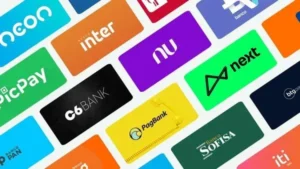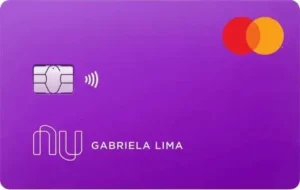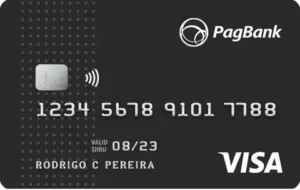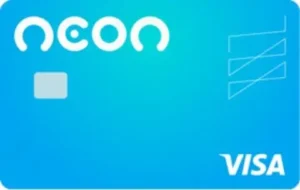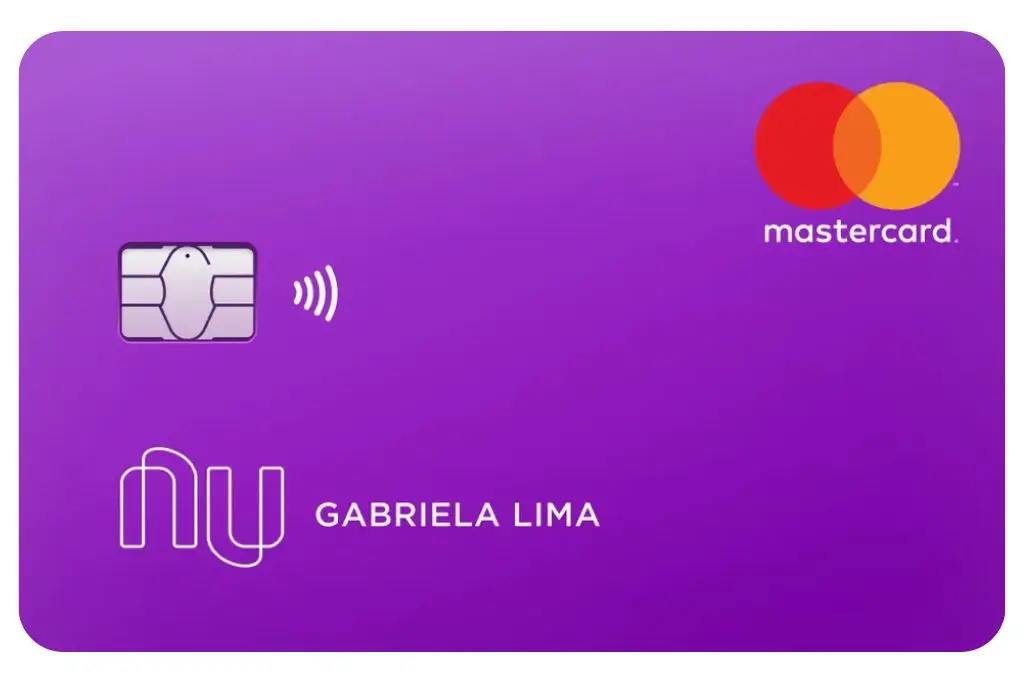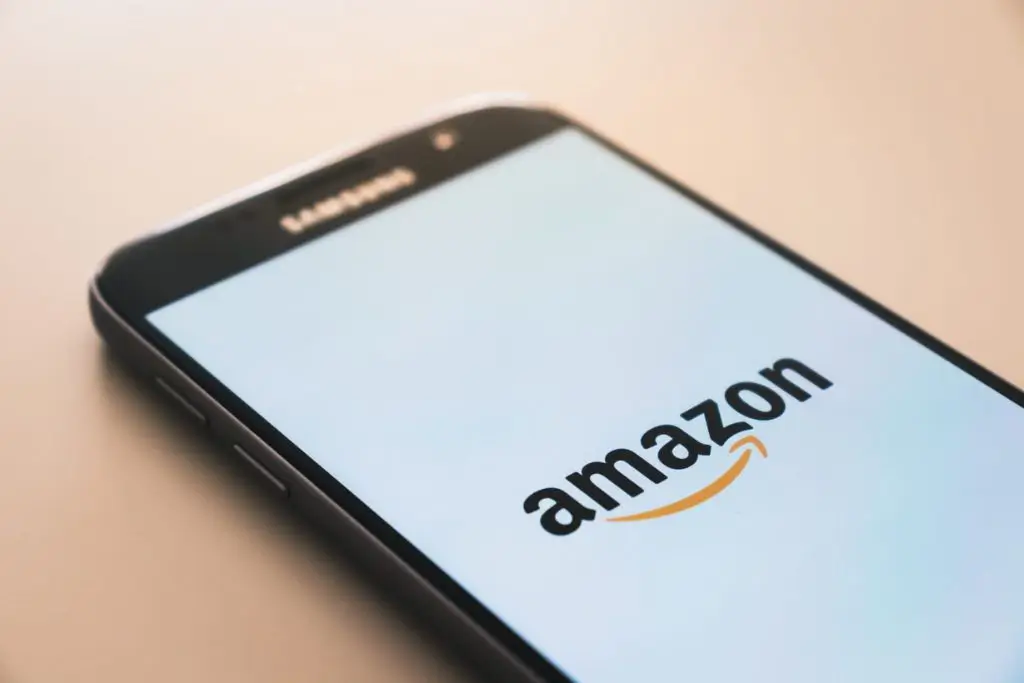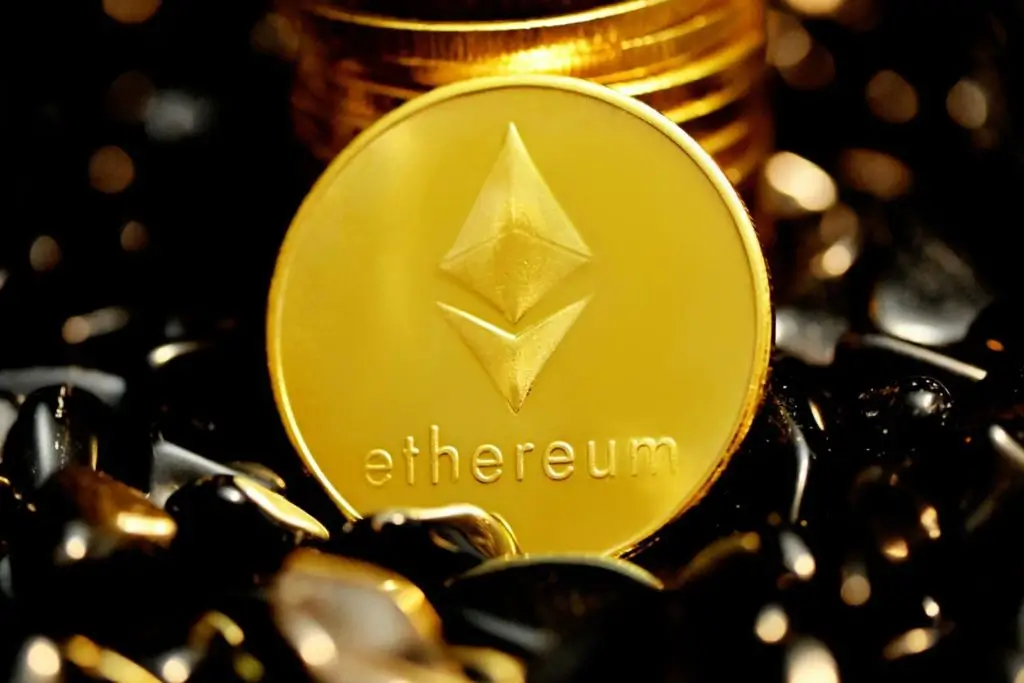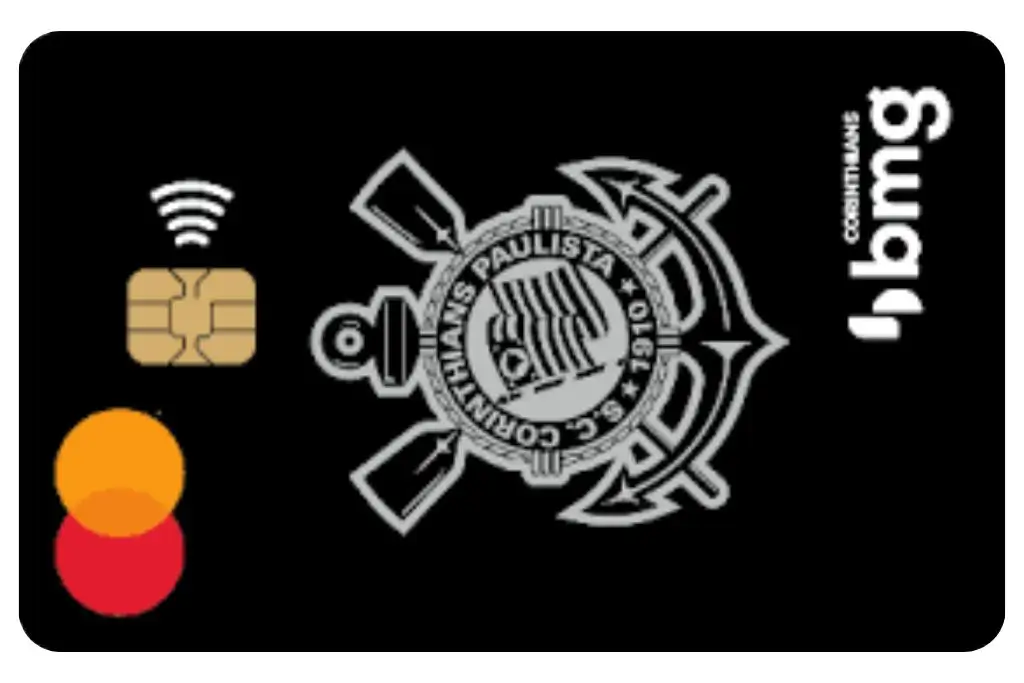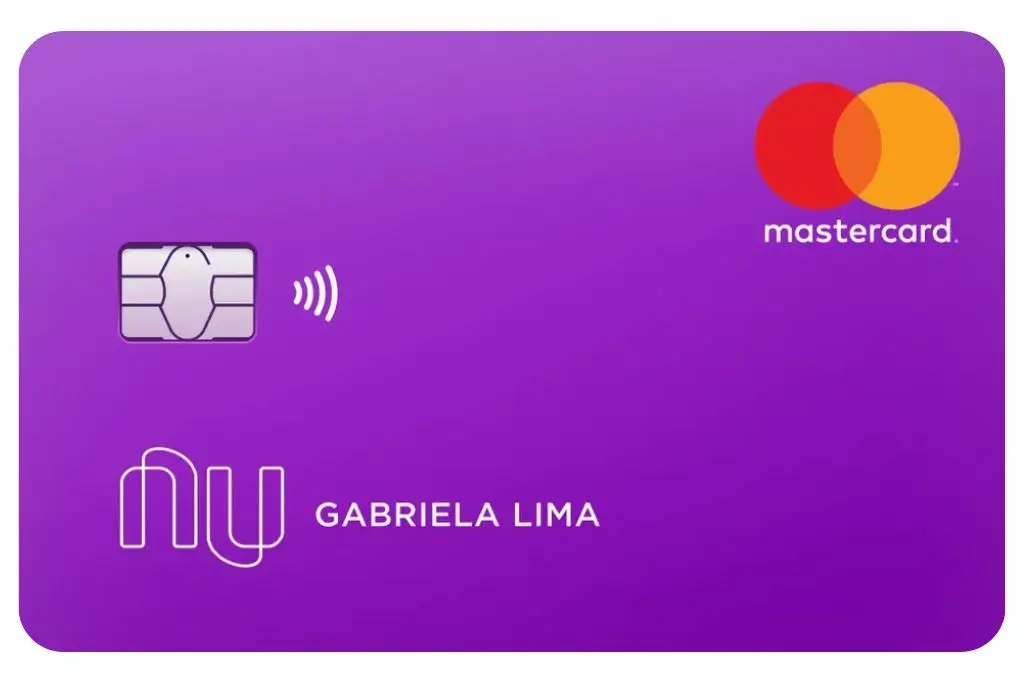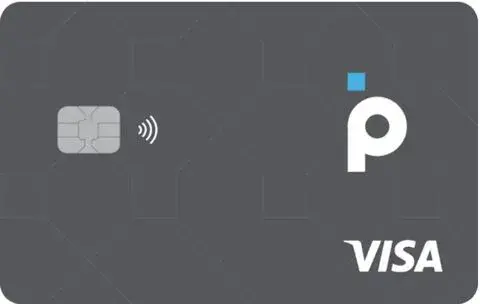Find out how proximity payments work and lose your fear of using this option that promises to transform your shopping experience.
In recent years, proximity payments have gained prominence in Brazil and have become an increasingly popular option among consumers.
This technology, also known as contactlessThis allows transactions to be carried out quickly and securely, without the need to insert cards into machines or enter passwords, simply by approaching the payment device.
With the growing demand for practical payment methods, this format is becoming a trend in the financial market.
Technology-enabled cards and devices NFC (Near Field Communication) are the main means of making proximity payments. In addition to credit and debit cards, many smartphones and smartwatches already offer this functionality, making it even easier to use.
This method has been widely adopted by commercial establishments of different sizes, from small shops to large retail chains, which shows the confidence in the technology.
What makes proximity payment so attractive is its simplicity and agility, especially in times when social distancing has become important.
Transactions are finalised in a few seconds, which reduces queues and waiting times at points of sale. In addition, the security of transactions is guaranteed through advanced encryption, which protects users' sensitive data.
Although the use of this technology is growing rapidly, many consumers still have doubts about the functioning, security and advantages of this type of payment.
The lack of information can lead to fears about its use in everyday transactions, especially among audiences who are unfamiliar with digital technologies.
Read on and find out everything you need to know to use proximity payments with confidence and peace of mind!
Quick Index:
What is Approximation Payment?
Contactless payment is a digital payment method that allows quick transactions without the need to insert the card into a terminal or enter a password.
With technology NFCTo make a payment, all you have to do is bring a card, mobile phone or enabled device close to the payment terminal for the transaction to be completed. This method is ideal for small and medium-value payments, usually up to a limit predefined by the card issuer or financial institution.
It might make sense to you:
- Earn extra income with Surveoo
- Digital banks without annual fees: the best in 2024
- How to get out of debt
The first cards enabled with this technology appeared in Brazil a few years ago, but it was with the pandemic and the need for faster, contactless transactions that the modality became popular.
In addition to cards, devices such as smartphones e wearables (smart watches and wristbands) with applications such as Apple Pay, Google Pay and Samsung Pay are also widely used for this type of payment.
How does NFC technology work?
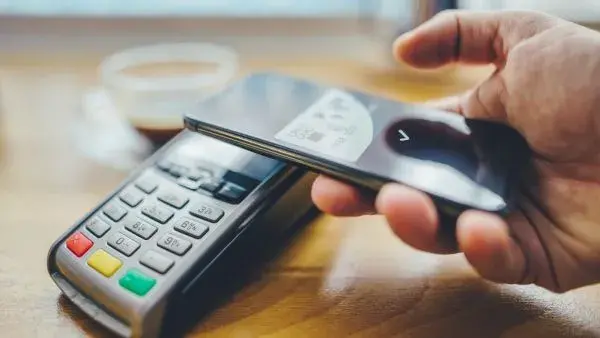
NFC (Near Field Communication) technology is the pillar behind proximity payment. It is a form of short-range wireless communication that allows information to be exchanged between two devices up to 4 centimetres apart.
In the case of payments, the technology creates a secure connection between the card or device and the terminal, transmitting the data needed to complete the purchase.
One of the advantages of NFC is that it is extremely fast and secure. As soon as the device is brought close to the terminal, the transaction is initiated automatically, and the process is finalised in a matter of seconds. Most NFC cards and devices have an additional layer of security, such as a code generated for each transaction, which prevents data cloning and fraud.
Functionality advantages
Proximity payment offers several benefits for both consumers and merchants. Among the main ones are speed and convenience, since all you have to do is bring the device close to the reader for the purchase to be completed. In busy environments such as supermarkets and cafeterias, this agility helps to reduce queues and increase service efficiency.
Another important benefit is security. As there is no need to insert the card or enter a password for smaller amounts, the risk of data exposure is minimised. In addition, each transaction is protected by a unique code that cannot be reused, making proximity payments less susceptible to fraud.
For retailers, the adoption of terminals compatible with contactless can represent a competitive differentiator, since many consumers already prefer this form of payment. By offering this option, the establishment demonstrates that it is up to date with new technologies and focused on the customer experience.
Is it safe? What if I get robbed?
Security is one of the main concerns for those who use or intend to use proximity payments. Although it may seem that the absence of a password could make fraud easier, the technology used in cards contactless has several layers of protection.
The encryption used in transactions prevents sensitive information from being captured by third parties, and each payment generates a unique authentication code that cannot be reused.
However, it is important to be aware of the limits for purchases without a password, which are generally set by banks for low amounts. This limit is designed precisely to prevent the card from being misused several times in the event of theft or loss. If a card is lost or stolen, it is essential to act quickly and block the device using the bank's app or by calling the call centre.
In the case of smartphones and wearablesThe security is even greater, as many devices require biometrics (such as fingerprint or facial recognition) to authorise payments, as well as having tracking and remote locking technologies.
If a mobile phone enabled with proximity payment is stolen, the user can disable the payment function remotely, preventing the device from being used.
In short, proximity payments are safe as long as certain security practices are observed, such as frequently monitoring account transactions and setting value limits for purchases without authentication. This ensures that even in the event of theft or loss, the damage is minimised and transactions are quickly blocked.
Tips: Risks and Cautions!
Although proximity payments are safe, it is important for consumers to be aware of some good practices:
Keep the card or device in a safe place: Avoid leaving your card or proximity payment-enabled device exposed to situations of unnecessary proximity to other payment terminals.
Review transaction limits contactless: Set appropriate limits for purchases without authentication. This ensures greater control and reduces risks in the event of loss or misuse.
Monitor account movements regularly: Monitor transaction history frequently to identify any suspicious activity and act quickly if necessary.
Report loss or theft immediately: In the event of loss or theft, contact your financial institution to block the card or device and request a replacement.
Consider temporarily deactivating the proximity function: Many banks offer the option of temporarily deactivating the technology contactlessThis can be useful in situations where the card will not be used or has been lost.
Is it worth adopting the functionality?
Proximity payment is a technology that is here to stay. Offering speed, security and practicality, it meets the needs of an increasingly digital and demanding market.
With growing adoption among consumers and commercial establishments, this payment method stands out as a trend that is transforming the way we handle financial transactions in Brazil.
To ensure safe and efficient use, it is essential that users are informed about how this technology works and good practices.
With the right knowledge and attention, proximity payments can become a powerful ally in the search for more modern and hassle-free shopping experiences.
Read also: The 7 Best Credit Cards in Brazil: A Detailed Analysis
You may be interested:


